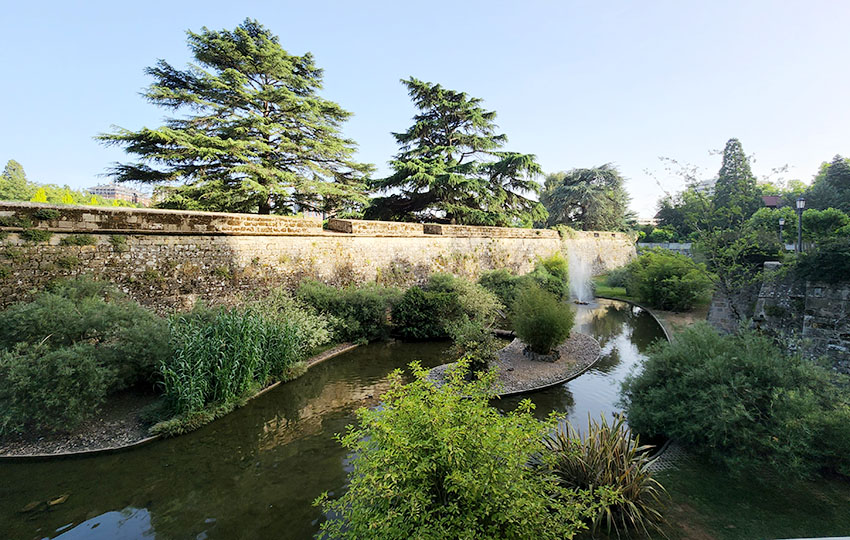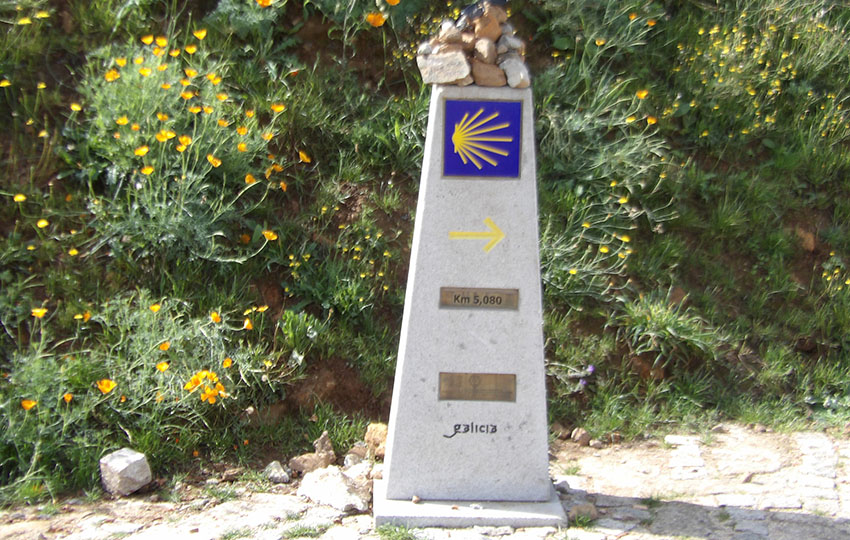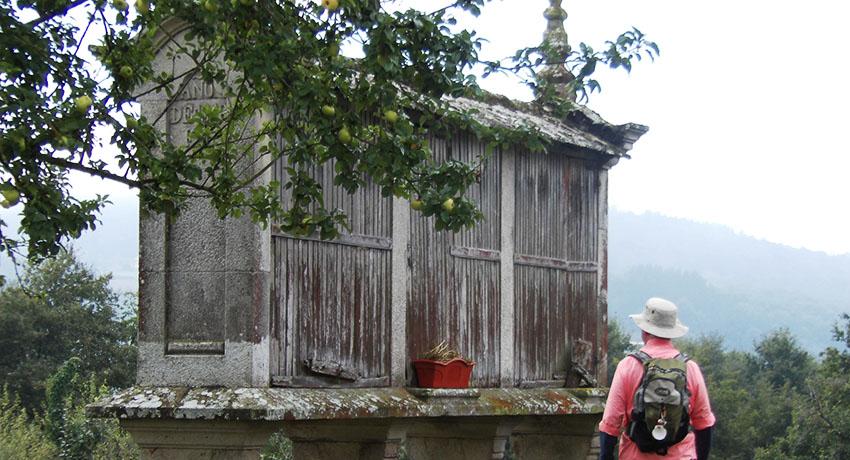Trip Checklist: 10 Must-Do's
The Camino de Santiago routes are not just hikes; they are centuries-old spiritual and cultural adventures that have been undertaken by millions of pilgrims from around the world. Stretching across the picturesque landscapes of Spain, the Camino weaves through historic towns, lush forests, and majestic mountains, leading to the sacred destination of Santiago de Compostela. As the final resting place of St. James the Apostle, this city's magnificent cathedral stands as a symbol of unity, welcoming pilgrims of diverse backgrounds and beliefs, each with their own physical and spiritual reasons for completing the track. Each year, this extraordinary path attracts travelers from all walks of life, drawn by the allure of self-discovery, personal reflection, and the chance to connect with a rich tapestry of traditions and stories.
Before you lace up your hiking boots and embrace the open road, there's a crucial phase that every pilgrim must conquer – the preparation stage. In this comprehensive blog post, we present you with the ultimate pre-trip checklist, featuring 10 essential must-do's that will ensure your Camino adventure is not only safe and smooth but also enriched with meaning and fulfillment. Our complete checklist ensures your preparation is comprehensive, so you can focus on embracing the self-discovery and cultural enrichment that awaits you on the trail.
1. Check the Validity of your Passport
Ensure that your passport is valid for at least six months beyond your planned return date. If it's expiring soon, renew it before beginning your camino. From recent traveler experience, wait times to receive your passport when renewing can take more than 3 months (even though the US website says 10-12 weeks). Plan way ahead and secure your passport early.
2. Call your Credit Card Company
Inform your bank and credit card providers about your travel plans to avoid any issues with using your cards abroad. Also, inquire about international transaction fees and exchange rates. The best way to get Euros is to use your debit card at an ATM. This gives you the best exchange rate (but make sure your bank knows you’ll be using your card overseas).
3. Pack your Carry-On Wisely
After helping hundreds of pilgrims walk the Camino, the number one piece of advice I can confidently give is this: never forget to wear or bring your Camino walking shoes with you on the plane! If your baggage is lost, everything else can be bought along The Way, but your well-worn shoes are irreplaceable. With this in mind, make sure to keep any other absolute camino essentials, such as contacts or shoe inserts, in your carry-on luggage when traveling.
4. Plan your Overseas Cell Phone Usage
You have a couple of options of how to stay connected back home with your cell. Many companies offer overseas data plan services, but if not, you can always purchase a Spanish/Portuguese SIM card or a pocket wifi. While there’s no wifi on the camino trail, you’ll be using limited free wifi in the towns and hotels, so make sure you have a plan to stay online.See how to get the most coverage for less in our cell phone usage blog post.

5. Research your Camino Packing List
Always check the weather 1-2 weeks before you leave as the weather in Northern Spain and on the coast of Portugal can vary a lot. Maybe you need an extra fleece or even a pair of shorts in January. Your packing list can change a lot depending on the weather conditions, so make sure to pack items that can be used for multiple types of weather.
6. Check your Transportation Arrangements
Once your Camino is booked, how will you get to your first stage? Train, Plane, Transfer? And once you’re finished, how will you get back to the city where your international flight will leave? Figuring out inner-country logistics can be challenging since the Camino is located in the Northern part of Spain and not all routes are very well connected by transportation. It’s always good to build in a day or two on both ends of your trip to get to and from the Camino.
7. Choose your rock
Carrying a rock on the Camino de Santiago is a meaningful tradition for pilgrims. The tradition is to pick a small rock/pebble from home when you begin planning to walk your Camino. Carry the rock with you wherever you go, feeling its weight and size daily. The rock represents your “why I’m walking this Camino” and needs to be selected before your journey begins.

8. Consider travel insurance
While the Camino is generally a safe and well-trodden pilgrimage route, unexpected situations can arise, and travel insurance provides valuable protection and peace of mind. Travel insurance can cover medical emergencies, trip interruptions and lost baggage. Before purchasing travel insurance, make sure to read the policy details and understand what is covered, including any exclusions and limitations. Different insurance plans offer various levels of coverage, so choose one that best suits your needs and the specifics of your Camino journey.
9. Familiarize yourself with the route
Each Camino route varies in mileage per stage, elevation and terrain. Before you go, check your itinerary (I like putting my routes and hotels in google maps and downloading the areas to use offline), see which type and quality of terrain you’ll be navigating and see if there are any extra items you need to bring. For example, if you’re walking the Camino del Norte, we recommend hiking poles. But if you're walking the Portuguese coast, I’d bring a jacket no matter what time of year you go.
10. Learn a little Spanish or Portuguese
While you definitely don’t need to be fluent, learning some basic phrases for your journey can be helpful and appreciated. Google translate can help you translate your language into any foreign language for communication with other pilgrims and friends you make along the way. Another amazing feature now available is that, within the google translate app, google lens can look at pictures of words in a foreign language, search them and translate them into your preferred language. This makes following street signs and reading menus a breeze.

